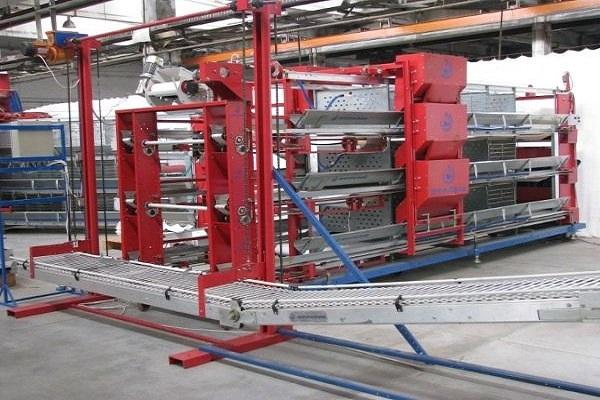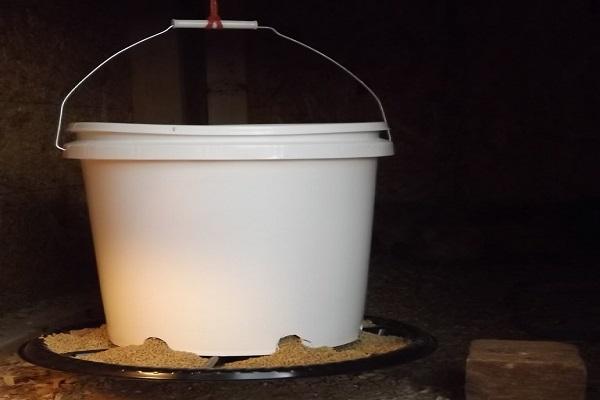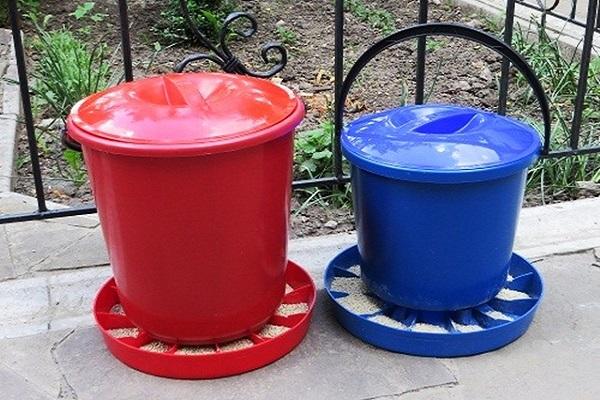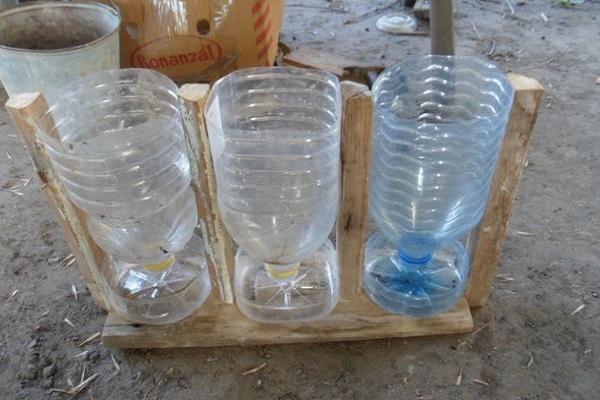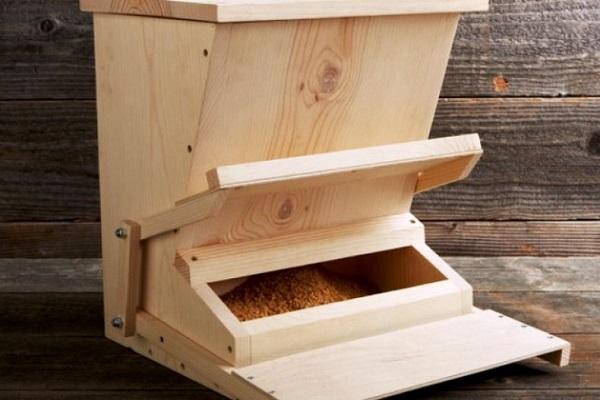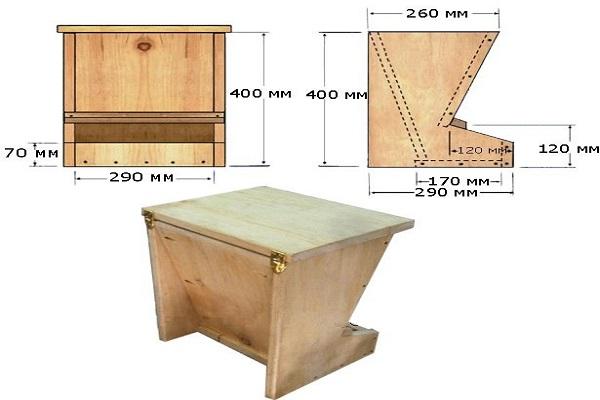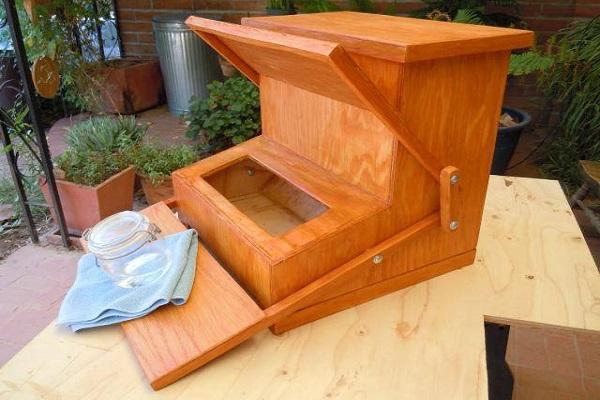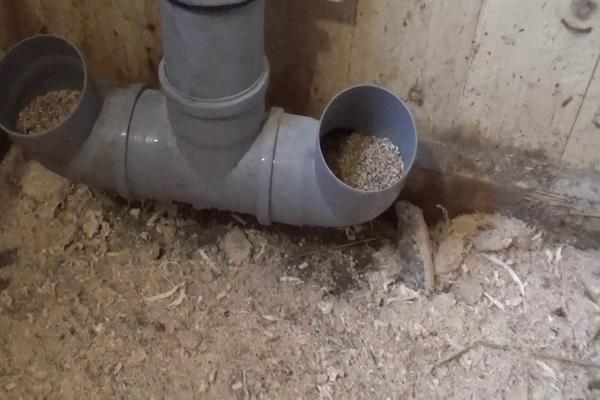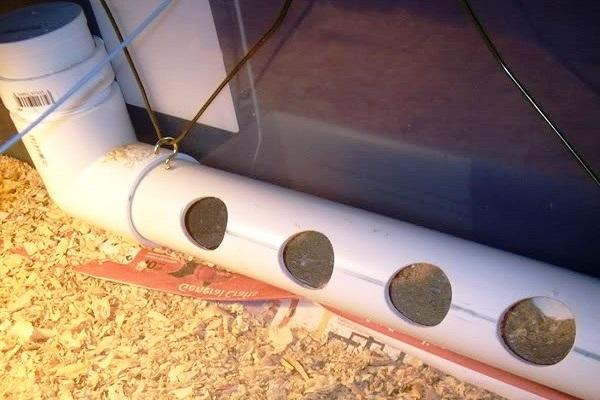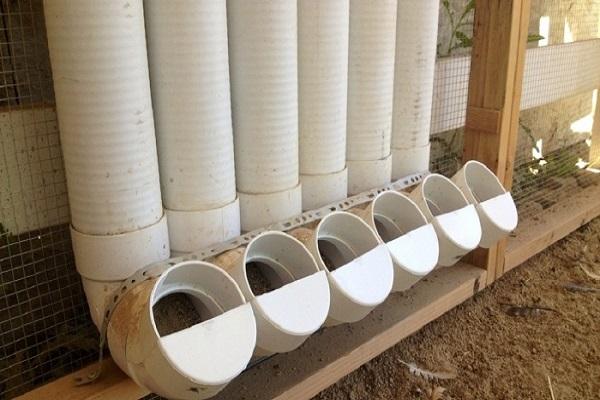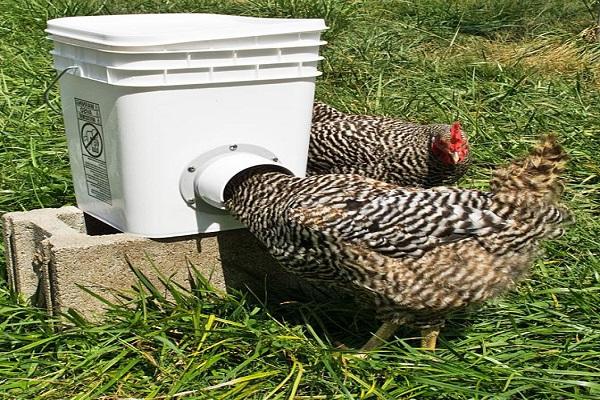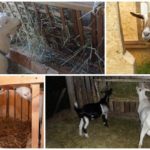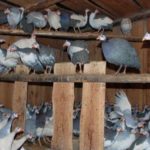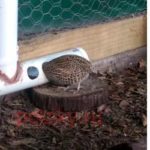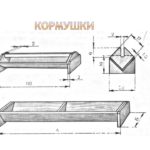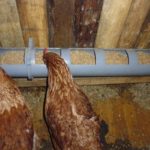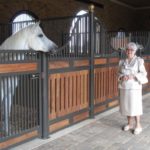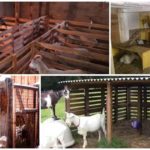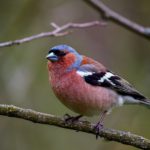In order for birds to achieve maximum productivity, they need to be provided with high-quality care. An automatic modern feeder for chickens allows you to organize feeding for them without the presence of a person. As the previous portion is eaten, the missing part of the food is added. These feeders just need to be refilled on time and the birds will always be well fed.
Why are automatic feeders needed and how do they work?
With the help of automatic feeders, birds receive new food automatically as they eat the old one. Using store-bought ones that work with a timer allows you to add food at predetermined times, preventing birds from overeating or scattering the remaining food.
Review of industrial models
There are not only the simplest bunker feeders on sale, but also those equipped with a timer and a function that allows you to scatter the feed. The price of the former ranges from 500 to 1500 rubles. The cost of more advanced models can be six times higher.
Expensive designs usually provide a tank capacity of up to 20 liters. It can be made of special plastic or metal. The amount of feed provided at one time can be programmed in some models.
Expensive devices pay for themselves in cases where they are purchased for a large poultry farm.
DIY bunker feeders
Their production is considered the least labor-intensive.
From a plastic bucket
To create the design you will need:
- Bucket made of plastic. Usually take one that has a suitable volume - usually from five to ten liters. You need a lid that can be tightly closed.
- A food tray that can use dividers. Usually it is a flat pallet divided into several sectors. This item is available in specialized retail outlets. A tray or small basin is suitable for this purpose. It should protrude 20-30 centimeters beyond the bucket.
- A tool that can be used to create holes in a plastic bucket.
- Various types of fasteners that will be used to attach the bucket and tray.
Manufacturing procedure:
- Cut small holes (4-5 centimeters in diameter) in the side of the bucket near the bottom. They are located at equal distances from each other. If a tray with dividers is used for the feeder, then their number should match the number of holes.
- The tray is connected to the bottom of the bucket using fasteners.
You need to pour the food inside and close the bucket tightly with a lid. This design is convenient to use inside the poultry house, but it is not beneficial in the yard, where the feed can get wet if it rains.
The holes must be sanded with sandpaper so that birds cannot get hurt on them..
If there is little food left in the bucket, the birds will not get it. To correct this, it is recommended to place a cone so that the feed rolls to the edges.
From plastic bottles
You will need to prepare the following:
- Two bottles made of plastic, the volume should be 1.5-2 liters. It is important that the top of one of them extends into the bottom of the other.
- Feed tray. You can use a bowl or something similar for this purpose. It is important that the edges are not too high, otherwise the chicks will not be able to get food.
- Tool for working with plastic.
Step-by-step instructions for creating a feeder:
- Cut off the bottom and top of one bottle (the largest) and the top cone of the second.
- In the side part, round holes are cut out at the bottom. Their diameter should be equal to two centimeters.
- Attach the bottle with the holes cut out to the tray.
- The top of a small bottle is covered with a lid and placed inside the tank.
An internal cone is needed to pour feed into the holes.
Made of wood or plywood
Using wooden feeders is more aesthetically pleasing than plastic ones. Although this is not critical to raising chickens, their appearance is a selling point.Their important difference is the ability to design a structure for the required volume of feed.
In order to complete the job, you need to prepare the following:
- Plywood or boards in the required quantity.
- You will need a drill and drill bits of a suitable diameter.
- To fasten the wooden parts, you need to prepare screwdrivers and self-tapping screws.
- Saw.
- Paper for cleaning surfaces.
- To mark, you need to take a marker or pencil.
- A ruler or tape measure for taking measurements.
Without pedal
Before starting work, you need to draw a drawing on a sheet of paper indicating all the required dimensions.
The manufacturing procedure consists of the following parts:
- Before cutting out wooden parts, you need to create appropriate patterns. To do this, draw all the parts in full size on paper. Then they are cut out.
- Wooden parts are cut out in accordance with the prepared patterns.
- In places where fastenings will need to be made, holes for self-tapping screws are made with a drill.
- All wooden parts are processed using sandpaper. This is important to do so that the birds cannot get hurt.
- It is necessary to assemble the wooden parts and fasten them with self-tapping screws.
- The top cover is attached on hinges to the feeder.
It is necessary to treat the structure with an antiseptic. It is not recommended to use varnishes and paints due to the fact that this can adversely affect the health of chickens.
With pedal
When making a wooden feeder with a pedal, in addition to the above materials, you will need plywood or a board to make the pedal, as well as thin wooden beams to create the opening mechanism.
Manufacturing is carried out in the same way as described for a feeder without a pedal, but in addition you will need to make a mechanism that opens the lid.
To install the pedal you will need two pieces of wood of the same length. They are attached with screws to the sides of the feeder so that they can easily rotate in a vertical plane.
They should protrude from the side where the bird will peck food; here a pedal is attached to them. When the bird approaches the food, it presses on the wooden pedal, and the far ends of the bars rise up slightly.
To support the lid you will need two more pieces of timber. They are attached with screws on both sides of the feeder. A lid is mounted on the part protruding in front so that in the lower position it covers the hole for food.
On each side, the ends of the upper and lower beams are connected so that when the pedal is lowered, the lid rises and after the end of feeding, under the influence of gravity, it lowers and closes the hole.
From pipes
Experienced poultry farmers believe that using pipes to feed birds is much more convenient compared to other methods.
Made from PVC pipes with a tee
To create the design you need to prepare:
- You will need three pieces of PVC pipe, 110 mm wide. Their lengths should be 70, 20 and 10 cm;
- in order to close the pipe holes in two places, plugs will be required;
- tee at an angle of 45 degrees;
- You will need fastening material in order to fix the pipe to the wall.
When getting started, do the following:
- Connect a long piece of pipe and a tee.
- A plug is attached to the opposite end.
- A piece of pipe 10 centimeters long is attached to the side outlet of the plug.
- The pipe is installed vertically and attached to the wall.
When using, feed is poured on top and closed with a plug to prevent precipitation from getting inside.
From pipes with elbows
You need to prepare to create a feeder:
- A piece of PVC pipe with a diameter of 110 millimeters and a length of 1.5 meters.
- Two elbows: 90 and 45 degrees.
- Brackets for attaching to the wall.
- Pipe plug.
To make it you need to do the following:
- Attach a 45-degree elbow to the pipe, and attach one that is designed for 90 degrees to it.
- Using a bracket, you need to attach the pipe to the wall.
Feed is poured into the pipe from above, then the hole is closed with a plug.
This design is considered one of the most practical.
How to use?
The automatic feeder is installed in the right place, securely attached to a wall or other base and filled with the required amount of feed. Birds will feed until food supplies run out. Therefore, you need to replenish them regularly.
Such feeders allow you to dose portions of food and prevent birds from scattering it.
How to install?
You can install such a feeder in a poultry house or outdoors. In the latter case, it is necessary that the feed be protected from precipitation.
Possible mistakes
Often there is unused food left at the bottom of the feeder. It must be cleaned so that it does not begin to deteriorate and harm the chickens.
Please note that automatic feeders are designed to dispense only dry food.
The structure must be stable so that birds cannot knock over the feeder.

